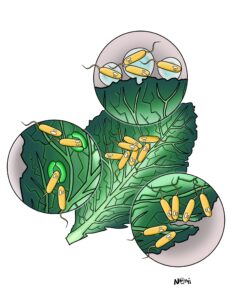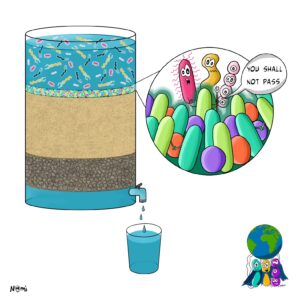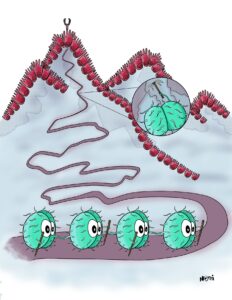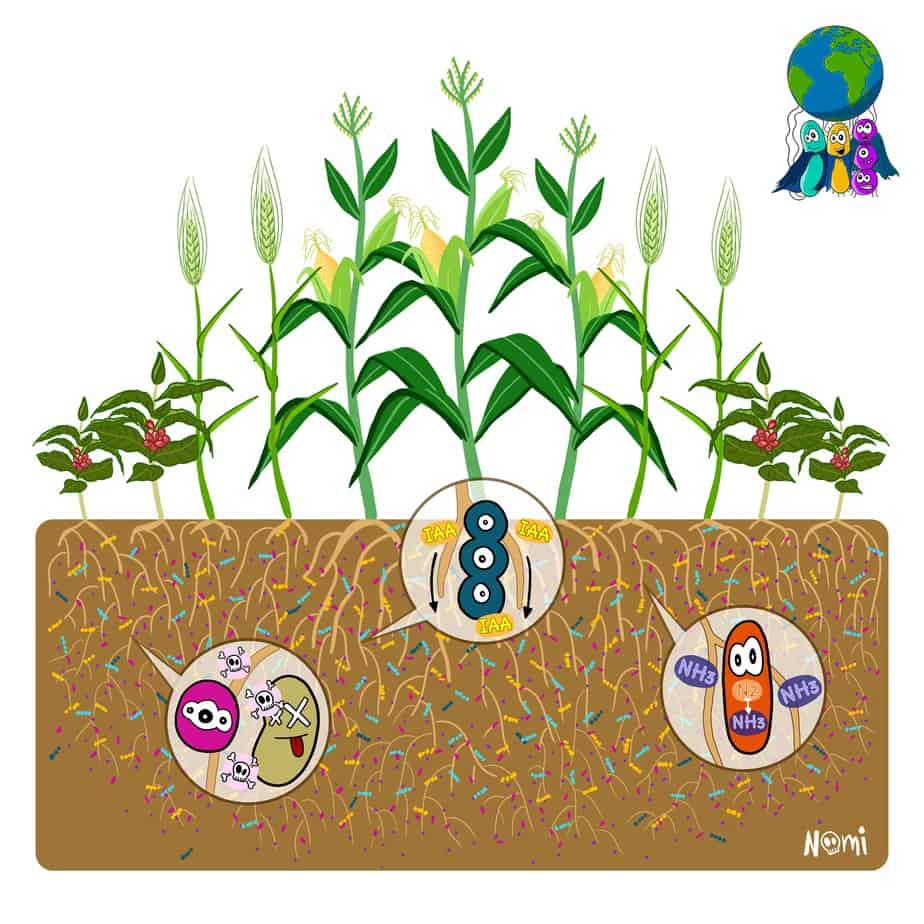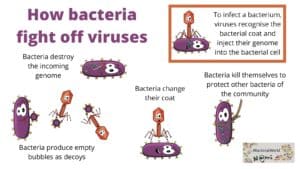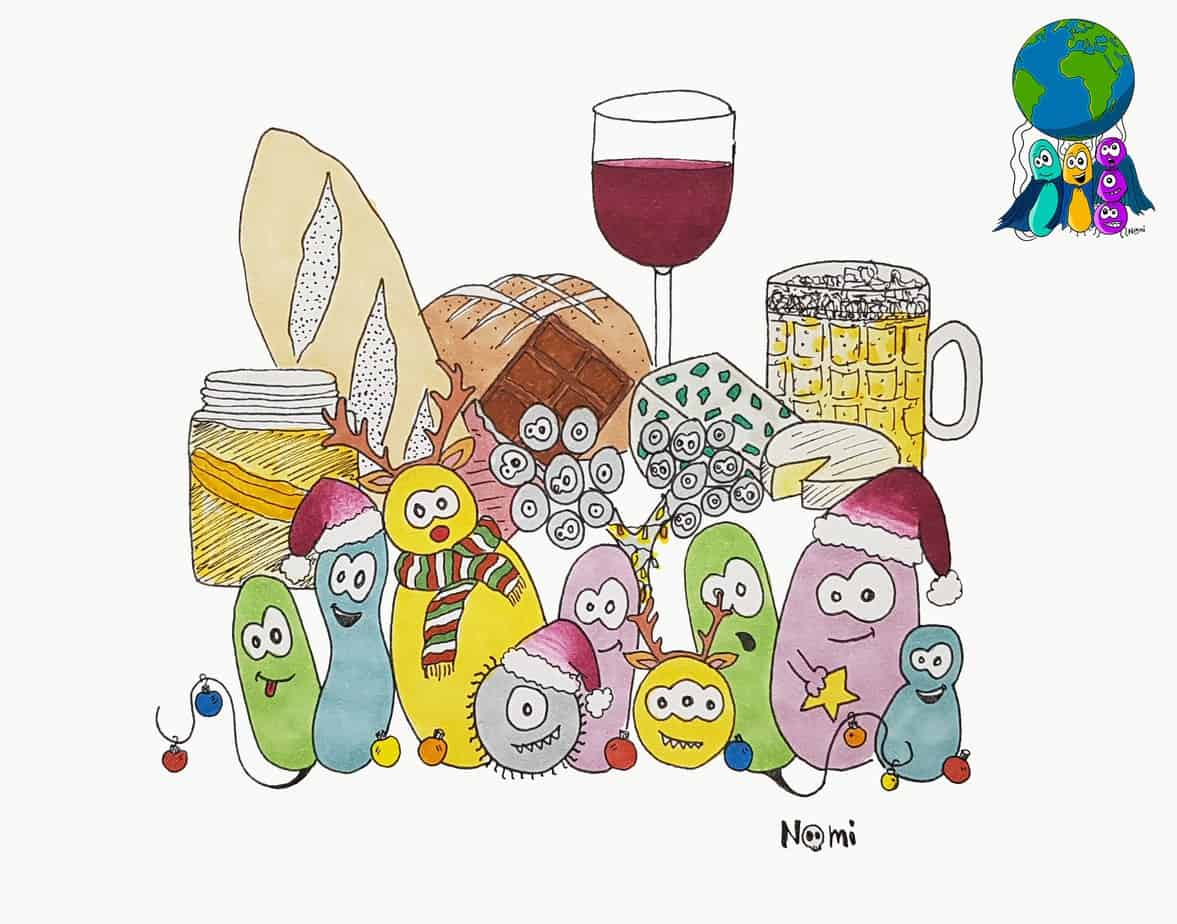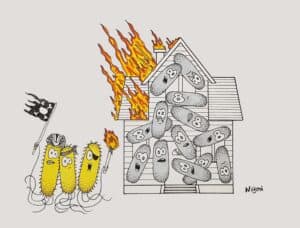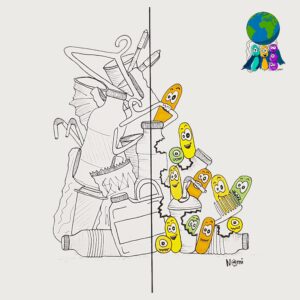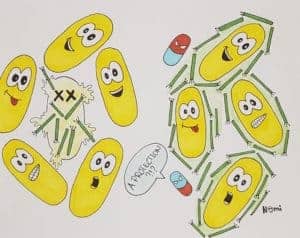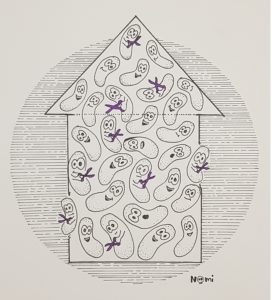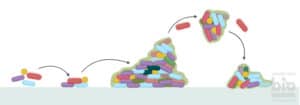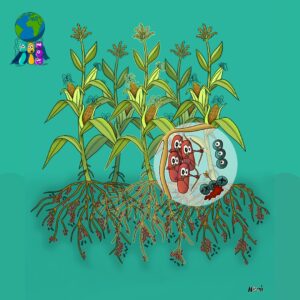
Bacterial killer weapons as biocontrol to protect plants
To feed the growing population on our planet, we need to improve our agriculture for plants to stay healthy and produce crops efficiently. One way to protect plants from diseases is to use biocontrol bacteria that actively kill intruding pathogens. Hence, by increasing our food supply, bacteria can help us save this planet.


